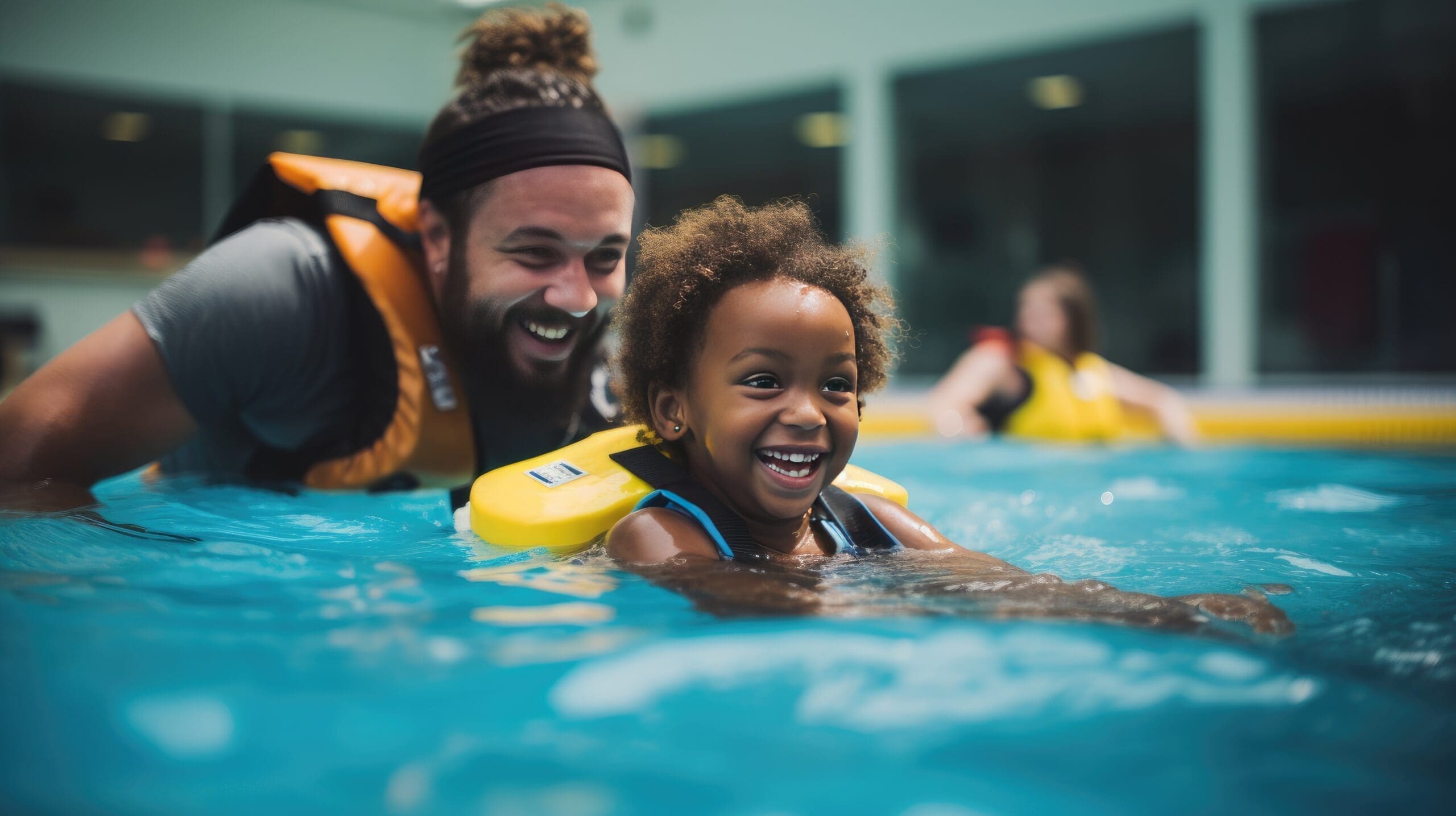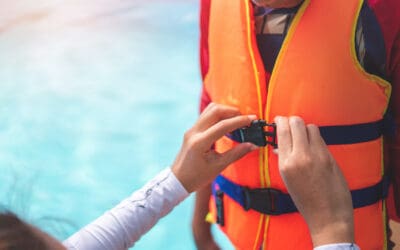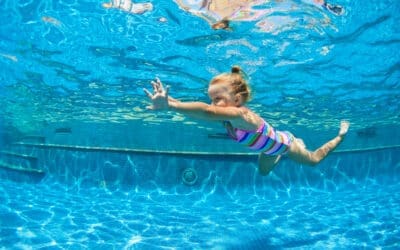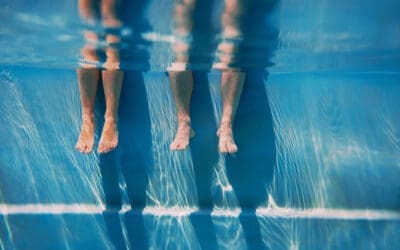Private vs Group Swim Lessons: What’s the Difference?
Private swim lessons involve one-on-one instruction, offering personalized attention and customized training to suit the swimmer’s needs. This intensive focus can accelerate skill development and boost confidence in the water. Group swim lessons, on the other hand, involve multiple swimmers being taught together by an instructor. This setting promotes social interaction and peer learning, fostering a sense of camaraderie among participants.
With private lessons, swimmers, including tots, can progress at their own pace and receive immediate feedback from the instructor. In contrast, group lessons follow a set curriculum with less individualized feedback. Both formats have their advantages, depending on the swimmer’s goals and learning preferences.
Private swim lessons offer the benefit of undivided attention from the instructor, allowing for tailored instruction to address specific weaknesses or refine strokes. This focused approach can be particularly beneficial for swimmers looking to master advanced techniques or overcome water-related fears. Additionally, private lessons provide a comfortable environment for beginners to build confidence and progress at their own pace.
Group swim lessons provide opportunities for peer interaction and socialization, promoting teamwork and friendly competition among participants. Swimmers in group lessons may benefit from observing their peers and learning through collective experiences. Group settings can also simulate real-world swimming scenarios, preparing swimmers for recreational or competitive aquatic activities.
Choosing the Right Swim Lesson for Your Child
When selecting swim lessons for your child, it’s essential to consider various factors, such as programs like learn to swim, to ensure the best learning experience. Factors such as the instructor’s qualifications, class size, and teaching methodology play a crucial role in determining the effectiveness of the lessons. Additionally, understanding the different swim programs available can help you choose the most suitable option for your child’s skill level and goals.
Swim lesson levels are typically categorized based on the swimmer’s proficiency, ranging from beginner to advanced levels. Before enrolling your child in a swim program, it’s essential to assess their current skill level and choose a class that aligns with their abilities. Different swim programs cater to specific age groups and skill levels, ensuring that each swimmer receives appropriate instruction and support.
When selecting swim lessons for your child, consider factors such as the instructor’s experience and teaching style, as these can significantly impact the learning process. Certified swim instructors with qualifications from reputable organizations like the Lifesaving Society or Red Cross possess the necessary skills to provide safe and effective instruction. Additionally, look for instructors who exhibit patience, enthusiasm, and a genuine passion for teaching swimming.
Swim instructors who prioritize water safety skills in their lessons help swimmers develop essential abilities to navigate aquatic environments successfully. By focusing on skills like treading water, entering and exiting the pool safely, and recognizing water hazards, instructors equip swimmers with valuable tools to ensure their safety in and around the water.
Importance of Certified Swim Instructors
Certified swim instructors play a vital role in ensuring the safety and skill development of swimmers. Instructors certified by organizations like the Lifesaving Society or Red Cross undergo rigorous training to effectively teach swimming techniques and water safety practices. By choosing certified instructors, swimmers can benefit from professional guidance and instruction tailored to their individual needs and abilities.
When selecting a swim instructor for yourself or your child, look for qualities such as patience, clear communication, and a positive attitude. A skilled instructor can create a supportive learning environment that encourages swimmers to overcome challenges and reach their full potential. Moreover, certified instructors adhere to industry standards and best practices, guaranteeing a high level of instruction and professionalism.
Maximizing Value and Safety in Swim Lessons
Swim lessons not only focus on skill development but also emphasize water safety practices essential for all swimmers. Instructors teach fundamental skills like treading water, floating, and basic rescue techniques to enhance swimmers’ safety in aquatic environments. Building a strong foundation in water safety ensures that swimmers can enjoy recreational activities while minimizing the risk of accidents or injuries.
By mastering essential swimming strokes and techniques, swimmers can enhance their efficiency and performance in the water. Instructors focus on refining strokes like front crawl, backstroke, and breaststroke, helping swimmers glide more efficiently through the water and improve speed and endurance. Developing strong swimming skills allows swimmers to navigate different aquatic scenarios confidently and competently.
Swimmers who advance through various skill levels in swim lessons gain comfort and proficiency in deep water environments as well as shallow water skills. Instructors guide swimmers in mastering advanced techniques like timed swims, survival skills, and rescue simulations to ensure readiness for real-world water challenges. By building a solid foundation in swimming, swimmers develop the confidence and competence necessary to enjoy aquatic activities safely and effectively.
Enhancing swimming strokes and skills through structured lessons not only improves performance but also instills a lifelong love for swimming. Instructors focus on refining techniques, correcting form, and developing endurance to help swimmers reach their full potential in the water. By honing their skills and mastering different strokes, swimmers can engage in various aquatic pursuits with confidence and skill.




